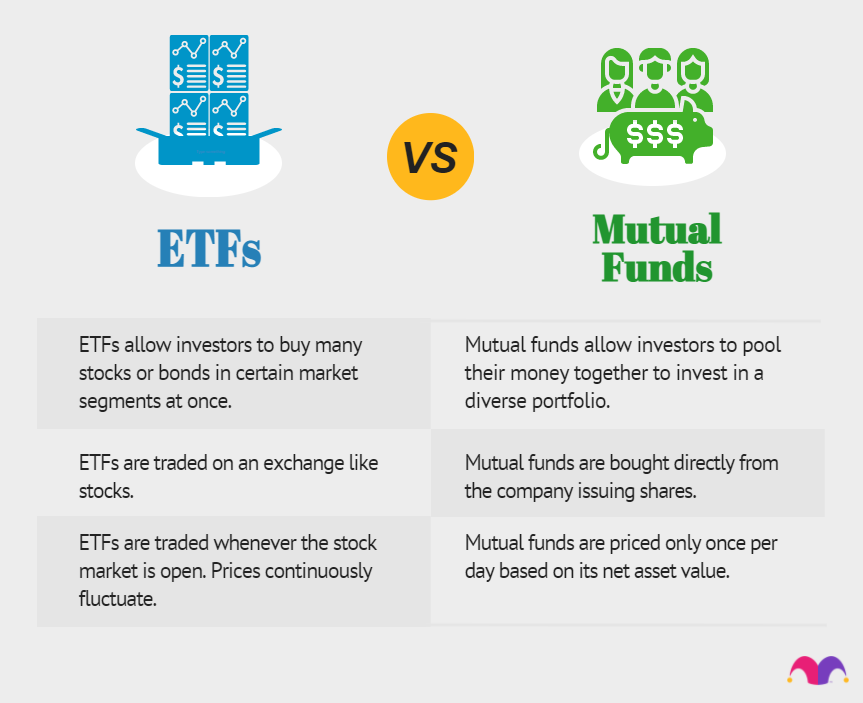Introduction:
Exchange-traded funds (ETFs) have revolutionized the investment landscape, providing investors with a convenient and cost-effective way to access a basket of underlying assets. The rise of ETF option trading has further expanded these opportunities, allowing investors to utilize advanced strategies to manage risk and enhance returns. This article delves into four fundamental ETF option trading strategies – covered calls, cash-secured puts, protective puts, and bull call spreads – empowering you to unlock the potential of ETF options.

Image: businesspost.ng
Covered Call Trading: Generating Income from Stock Ownership
Covered call writing is a popular strategy for investors who hold long positions in stocks or ETFs and seek to generate additional income from them. By selling call options against the underlying assets, investors receive a premium in exchange for the obligation to sell the underlying if the option is exercised. This strategy is particularly appealing in sideways markets or during periods of low volatility, as it provides a passive income stream while maintaining exposure to potential price appreciation.
Cash-Secured Put Trading: Secure Returns in Exchange for Asset Purchase
Cash-secured put writing involves selling put options against cash reserves held in a brokerage account. By selling the put, the investor is obligated to purchase the underlying asset at a predefined strike price if the option is assigned. In return, they receive a premium that compensates them for taking on this obligation. This strategy is suitable for investors who are interested in potentially acquiring the underlying at a favorable price while generating income from the premium received.
Protective Puts: Hedging against Market Volatility
Protective put buying is employed as a defensive strategy to hedge against potential declines in the value of underlying portfolio holdings. The investor purchases put options that represent the underlying, providing a safety net against unfavorable market conditions. If the market falls, the value of the put options will increase, offsetting potential losses in the ETF or stock positions. As the strategy involves a premium payment, it is appropriate for investors seeking peace of mind in volatile markets.

Image: lifeison.net
Bull Call Spread: Leveraging Market Optimism for Potential Gains
A bull call spread is a strategy designed to position for potential upside movement in the underlying while limiting risk. It involves purchasing a call option at a lower strike price while simultaneously selling a call option at a higher strike price with the same expiration date. This results in a net premium outlay, but the limited downside risk and the potential for a skewed reward-to-risk ratio make it an appealing choice for bullish investors.
4 Basic Etf Option Trading Strategies The Balance
Conclusion:
ETF option trading strategies can provide sophisticated investors with powerful tools to enhance returns, manage risk, and unlock new investment opportunities. By grasping the basics of covered calls, cash-secured puts, protective puts, and bull call spreads, you can empower yourself to make informed decisions when implementing these strategies. It is crucial to note that option trading involves inherent risks, and a thorough understanding of the underlying principles, coupled with appropriate risk management, is paramount for successful navigation of the options market.






